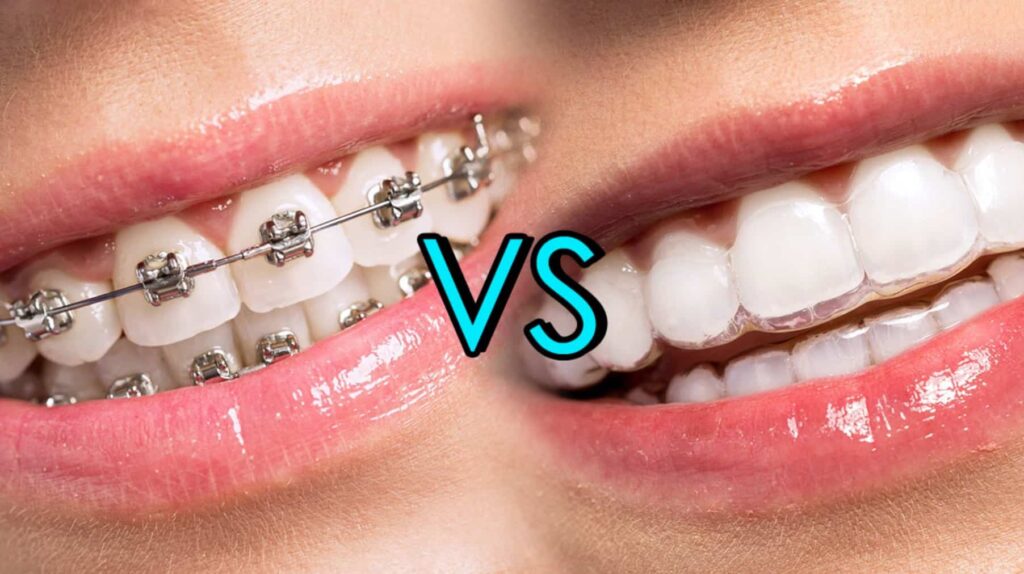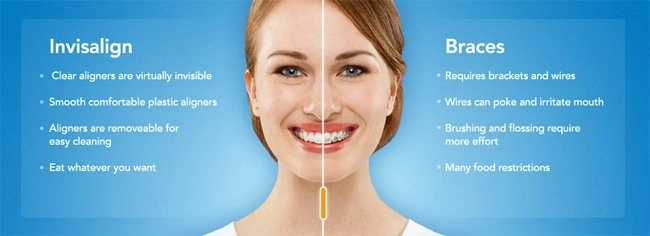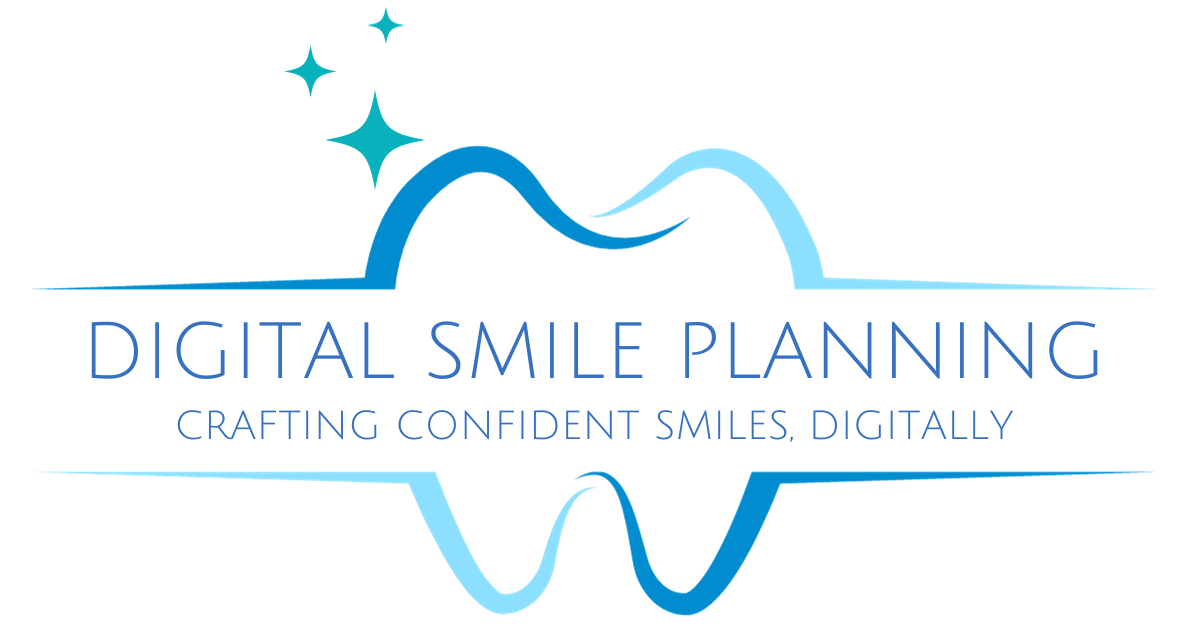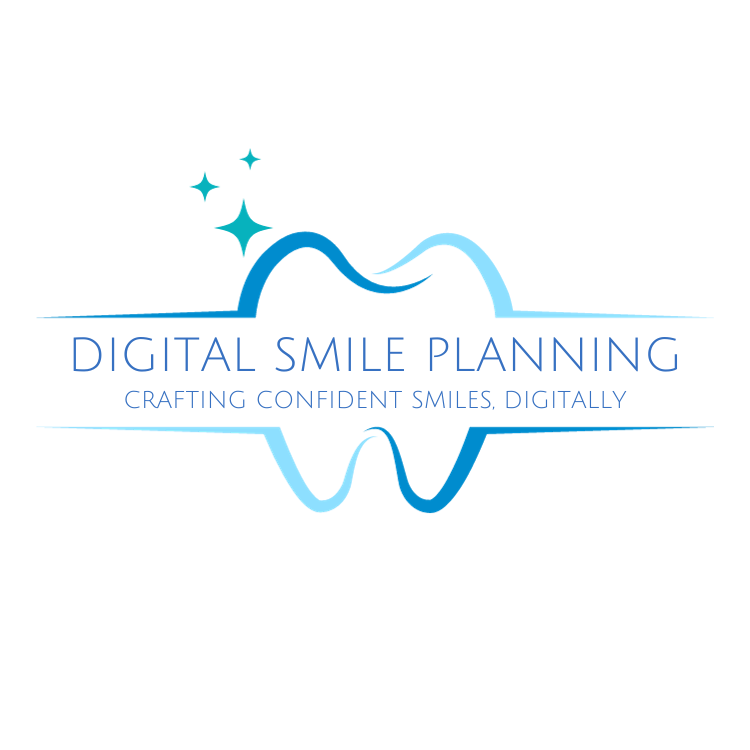When parents or adults are thinking about fixing their teeth, the first thing they often wonder is, “Which type of braces is best for me?” They might ask, “Are clear aligners better or Clear Aligners Are A Strong Alternative To Braces?” or “Do clear aligners really work?” The truth is, there’s no one-size-fits-all answer.
The first important step is to get a proper diagnosis. This involves a visit to the orthodontist for a check-up that includes looking at your teeth, taking X-rays, pictures of your face, and checking your dental records. This helps the orthodontist figure out what needs fixing. Once they know the problem, they can talk to you about the best way to fix it based on your needs, goals, and how you like to live.
Now, let’s think about what you care about. Do you want braces or aligners to look good? Are you in a hurry to finish the treatment? How easy is it to keep things clean? Are you good at following instructions? Do you love certain foods? How often do you want to visit the doctor? And what’s your dream smile?
Braces and aligners both have good things and not-so-good things. But here’s a rule for everyone: whether you go for braces or aligners, you must brush and floss every day, and at the end of the treatment, wear a retainer. This makes sure all the time and effort you put in gives you a great smile forever.

Now, let’s talk about why Clear Aligners Are A Strong Alternative To Braces:
How Clear Aligners Work And Who Can Wear Them
Clear aligners are a fantastic modern solution for fixing teeth, and studies prove that they work well for most people. These aligners are custom-made to fit your specific teeth, crafted from a special clear plastic material. This material gently and consistently puts pressure on your teeth, gradually shifting them to the right positions. Usually, you wear them for about 22 hours each day.
Here’s how it works: You get a series of aligners, each a bit different from the last. You follow your dentist’s instructions, wearing each set for about one to two weeks. This process helps fix various orthodontic issues like crowding, extra spacing, overbite, underbite, crossbite, and open bite. Clear aligners are especially great for adults and kids with mild to moderate teeth misalignment.
Top 9 Advantages Of Clear Aligners Vs. Traditional Braces

Here are some benefits of Digital Smile Planning (DSP) clear aligners to show you that whyClear Aligners Are A Strong Alternative To Braces:
- Invisible Appearance:
- These clear aligners are discreet and nearly invisible, blending seamlessly into your lifestyle.
- Easy to Remove:
- You have the flexibility to take out the aligners for special occasions, but remember not to misplace them or skip wearing them enough for effective treatment.
- Comfortable Fit:
- These aligners are more comfortable than traditional braces, applying gentle pressure without the discomfort of brackets against your lips or mouth.
- Easy Dental Care:
- Since the aligners can be removed, maintaining good oral hygiene is simple, reducing the risk of gum problems and inflammation.
- Eat Whatever You Like:
- Enjoying your favorite foods is not a problem as you can remove the aligners for meals. There are no restrictions on what you can eat, and they stain less from food and drinks.
- Versatile Treatment:
- These aligners are effective for addressing various dental issues, making them suitable for both adults and kids with mild to moderate teeth misalignment.
- No Broken Parts:
- Unlike braces, there are no brackets to break, minimizing maintenance and additional costs.
- Fewer Doctor Visits:
- With a treatment plan established at the beginning, you don’t need frequent visits, making check-ups every 8-10 weeks sufficient.
- Effective Tooth Movement:
- Made with TruGEN™ material, these aligners are designed for efficient and effective tooth movement, increasing the likelihood of successful treatment.
Prepare For Your Orthodontic Consultation
The American Association of Orthodontists suggests thinking carefully about your aligner treatment. It’s important to choose a treatment that involves a doctor’s diagnosis, a customized plan, and regular visits to a skilled orthodontist. This is better than using a mail-order product without oversight from a trained orthodontist.
When you find an orthodontist for a consultation, be ready with your questions, concerns, and treatment preferences. Here are some questions you might need to answer:
- What do you want to achieve with your treatment?
- What worries you the most about your teeth or smile?
- How quickly do you want to finish the treatment?
- Is the appearance of the treatment method important to you for straightening your teeth?
- How much does comfort matter during treatment?
- Do you have insurance, and how do you plan to pay for the treatment?
During the consultation, your orthodontist can guide you on the best treatment methods for your specific issues. They will consider your lifestyle and preferences. You can also ask about the orthodontist’s opinion on the best clear aligners and why. Keep in mind that not all doctors are trained to offer all types of aligners. Some may prefer one over another, like Digital Smile Planning (DSP) over the leading aligner brand. Talk to your doctor about the advantages to decide what’s best for you.
The Cost Of Clear Aligners Vs. Braces
The cost of clear aligners versus braces can vary based on several factors, including the type of treatment, the severity of the orthodontic issues, and the location. Here’s a general overview of the cost considerations for both clear aligners and braces:
Clear Aligners:
1. Treatment Complexity:
- The cost of clear aligners often depends on the complexity of the orthodontic issues being addressed. Mild to moderate cases may be less expensive than more complex cases.
2. Brand and Provider:
- Different clear aligner brands may have different pricing structures. Additionally, the provider’s fees can vary. Some premium brands or specialized providers may have higher costs.
3. Insurance Coverage:
- Dental insurance coverage for clear aligners can vary. Some plans may cover a portion of the cost, while others may not cover orthodontic treatment at all. It’s essential to check with your insurance provider to understand your coverage.
4. Additional Costs:
- Some clear aligner treatments include additional costs for retainers or refinement trays. It’s crucial to inquire about any potential additional fees upfront.
Braces:
1. Type of Braces:
- Traditional metal braces are often more cost-effective compared to newer alternatives like ceramic or lingual braces. The type of braces chosen can impact the overall cost.
2. Treatment Duration:
- The duration of treatment can influence the cost. Longer treatment times may incur higher expenses, as more appointments and adjustments are needed.
3. Orthodontist’s Fees:
- The orthodontist’s fees for placing and maintaining braces can vary. Some orthodontists may include all costs in a comprehensive package, while others may charge separately for each visit.
4. Insurance Coverage:
- Similar to clear aligners, dental insurance coverage for braces varies. Some plans may cover a percentage of the cost, while others may not cover orthodontic treatment. Checking with your insurance provider is crucial.
Factors to Consider:
- Initial Consultation:
- Both clear aligners and braces typically require an initial consultation fee, during which the orthodontist evaluates your case and discusses treatment options and costs.
- Payment Plans:
- Many orthodontic offices offer payment plans to help distribute the cost over the duration of treatment, making it more manageable for patients.
In summary, the cost of clear aligners versus braces is influenced by multiple factors. It’s advisable to consult with an orthodontist to get a personalized estimate based on your specific needs and preferences. Additionally, check with your insurance provider to understand the extent of coverage for orthodontic treatment.



